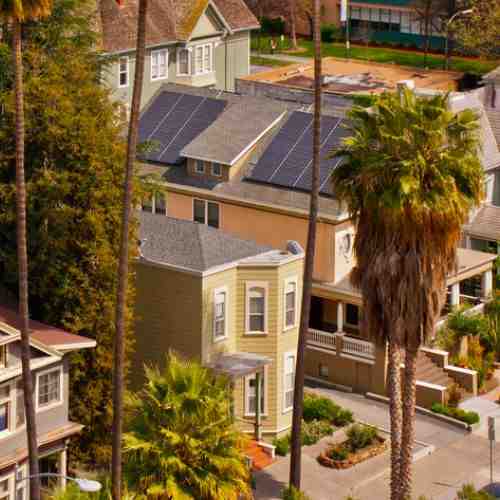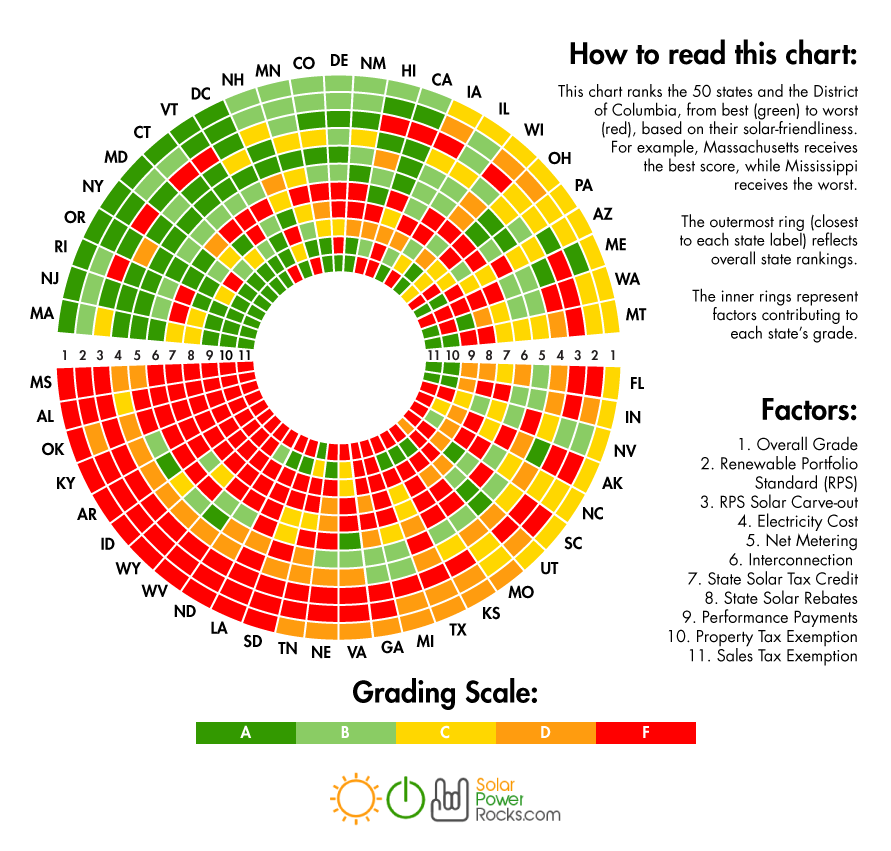Contents
How much does it cost to install solar in San Diego?

As of August 2021, the average solar panel cost in San Diego, CA is $2.82/W. Given the size of a 5 kilowatt (kW) solar panel system, the average solar installation in San Diego, CA ranges in cost from $11,985 to $16,215, with the average gross price for solar in San Diego, CA coming in at $14,100.
Do you really save money with solar panels?
Review your electricity bill Solar panels generate their own power and therefore can greatly offset your monthly electricity bill, if not eliminate it. The higher your bill, the more likely you will benefit from the switch.
How long do solar panels last for?
Solar panels are made of silicon and can last at least 25 years if properly cared for. However they lose efficiency over a period of time.
Can I get solar panels for free?
You may qualify for a free 3 kilowatt solar system installed in your home. … The Solar trial for low-income households helps eligible households access affordable clean energy by providing them with a free solar system.
Does California offer incentives for solar?

Incentives Offered by the State of California There are currently no incentives or discounts offered by the state of California for installing solar panel systems. The good news is that there is a discounted price for installing an energy storage system called the Independent Generation Incentive Program (SGIP)!
Does adding solar panels increase property taxes?
When you install a solar energy system, it will not reduce or increase the property tax assessment of your actual property. … However, with the exception of new construction, the solar system is not assessed at all and your property taxes will not increase once you complete your solar project.
Is it worth going solar in California?
The short answer is “YES.” Even in an expensive state like California, using solar power is worth the investment.
Will there be solar incentives in 2021?

In 2021, the ITC will provide a 26% tax credit on your installation costs, provided that your taxable income is greater than the credit itself. For most homeowners, this means a 26% discount on your home’s solar system.
What is the federal tax credit for solar in 2022?
| Year | Available Solar Tax Credits |
|---|---|
| 2020 | 26% tax credit for residential and commercial solar panels. |
| 2021 | 26% tax credit for residential and commercial solar panels. |
| 2022 | 26% tax credit for residential and commercial solar panels. |
Is the solar rebate ending?
Currently, the solar rebate scheme is being phased out and will expire in 2030. As a result, the number of rebates available to households and businesses is decreasing every year. The ACCC first recommended ending SRES last year.
What is the federal tax credit for solar in 2020?
In December 2020, Congress passed the ITC extension, which provides a 26% tax credit for systems installed in 2020-2022, and 22% for systems installed in 2023. (Systems installed before December 31, 2019 are eligible for a 30% tax credit. )
Does SDG&E buy back solar power?

With this tariff structure, SDGE charges different rates for power usage depending on the time of day, hence the name “Usage Time”. They also buy back excess solar power produced by the home solar system at that rate, so solar power is worth more or less depending on the time of production.
Does solar make sense in San Diego?
Since the sun shines an average of 146 days a year in San Diego, it makes sense to harness solar energy to power our homes and vehicles.
How much does SDG&E charge per kilowatt hour?
The average housing rate changed from 27 cents per kilowatt hour to 31 cents per kWh. SDG&E has an ongoing program to upgrade equipment to increase reliability.
Is net metering going away in California?
The timeline for CPUC’s net measurement changes will now hold hearings with official testimony from interested stakeholders, as well as a vote, before making a decision around January 2022. Given this timeline, any official changes will likely not be made until spring 2022.
Sources :


